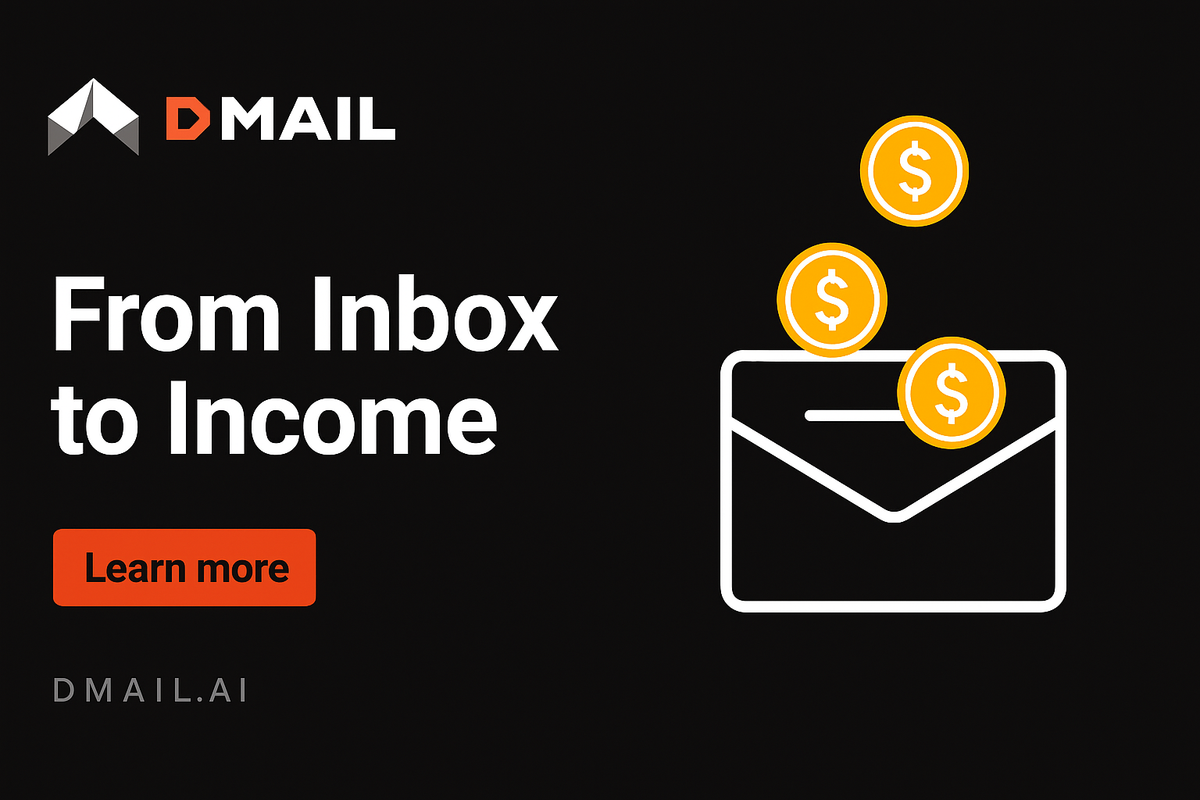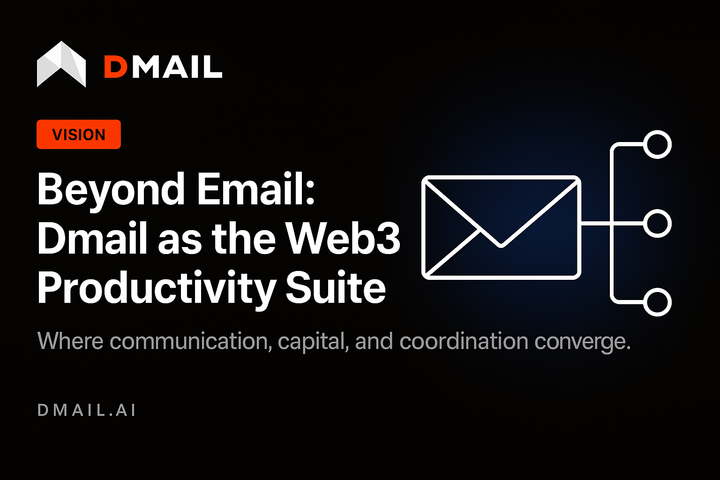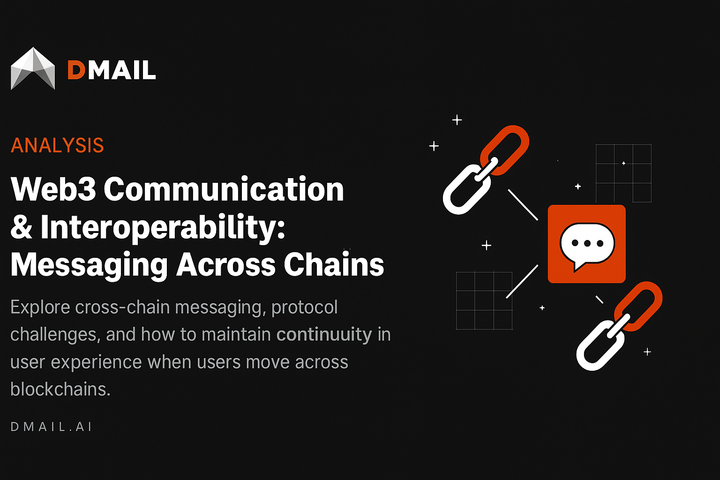From Inbox to Income: The Economics of On-Chain Communication
The next wave of crypto adoption won’t come from yield farming or NFT speculation — it’ll come from everyday communication being tokenized, stored, and monetized at scale.

The Inbox Was Never Meant to Be Free
For decades, the inbox has been treated as a public utility — free, infinite, and taken for granted. Gmail, Outlook, and their clones built fortunes by selling what users gave away: their attention, data, and digital footprint.
Your inbox became a marketing minefield. You didn’t own the channel — they did.
Web3 flips that equation. The future of communication isn’t free; it’s fairly priced. Every message, notification, and interaction can carry intrinsic economic value. The inbox itself becomes a financial primitive — a yield-bearing, composable layer in the decentralized stack.
This is where Dmail Network steps in.
Messaging as an Asset Class
In Dmail’s architecture, communication isn’t just an exchange of words — it’s an exchange of value.
Each message can trigger micro-transactions, staking incentives, or even automated access logic. Your inbox becomes an on-chain identity hub that stores both data and digital capital.
- Senders stake to reach you — creating anti-spam economics.
- Receivers earn for attention, engagement, or storage participation.
- Smart messages can include payment conditions, unlockable content, or data rights encoded via smart contracts.
Suddenly, the inbox is no longer a cost center; it’s a yield-engine.
The Rise of the Communication Layer in Web3
If DeFi gave us programmable money, and NFTs gave us programmable ownership, Dmail is giving us programmable communication.
This unlocks the long-missing “attention economy layer” that Web3 has been craving — one where engagement isn’t exploited but incentivized.
Imagine:
- Creators airdrop updates to token-gated audiences, paying only for verified views.
- DAOs broadcast governance proposals directly to wallet-linked members.
- Protocols reward early adopters via message-based quests.
- Users rent out storage or bandwidth for passive yield through Dmail’s DePIN network.
Every message becomes a monetizable event. Every user becomes a stakeholder.
Tokenizing Attention and Trust
Dmail doesn’t rely on traditional reputation systems; it builds on on-chain trust scores.
A wallet’s behavior — staking, reputation, and previous interactions — defines who can contact whom and under what conditions.
This model transforms trust into a liquid, tradeable metric — one that governs the flow of information as efficiently as liquidity pools govern the flow of capital.
It’s attention staking: you choose who earns access to your time.
The Economics of the New Inbox
- Proof-of-Attention → Senders pay to deliver; recipients earn for verified reads.
- Proof-of-Storage → Nodes earn for distributed message storage and encryption.
- Proof-of-Identity → Wallet-based authentication replaces email addresses.
- Proof-of-Engagement → Data metrics generate yield via network incentives.
Every transaction — even a “read” — feeds back into the token economy.
The result: a self-sustaining, decentralized messaging ecosystem where communication is both secure and profitable.
Inbox Capitalism, Rewired
Dmail’s thesis is simple: data is money, but attention is yield.
By transforming communication into an owned, measurable, and rewarded action, Dmail is redefining how we connect, collaborate, and create digital value.
The next wave of crypto adoption won’t come from yield farming or NFT speculation — it’ll come from everyday communication being tokenized, stored, and monetized at scale.
In the old world, your inbox was the product.
In the new one, your inbox is the protocol — and your time finally pays dividends.

Connect with Dmail: Website | Twitter | Discord | Github | Telegram





Comments ()